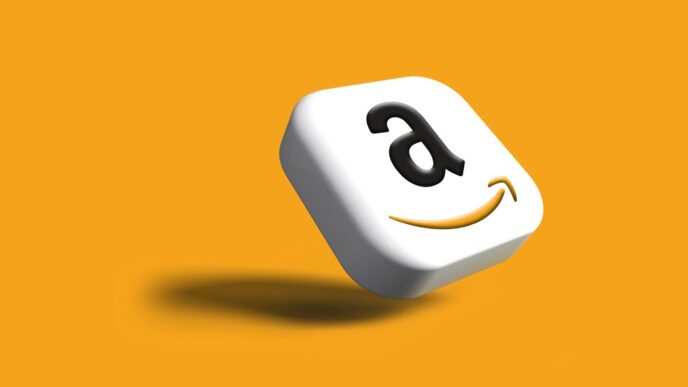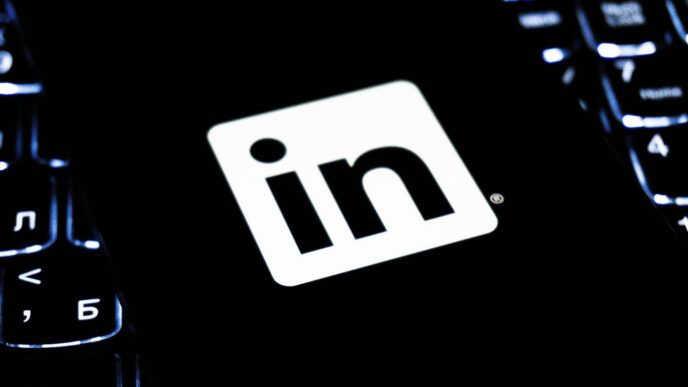The process of digital printing isn’t just putting ink on paper and other products. It’s created novel artistic mediums, opened up new ways of spreading information, and expanded creative design possibilities. Across the printing industry, it’s now possible to directly print digital imagery onto everything from billboards to book covers. Speed and flexibility are now common throughout the sector, and you likely encounter digitally printed products in your daily life. However, you might not realize it, and that’s because many facts about the technology in digital printing aren’t commonly known. Here are three facts that you might find enlightening about the technology used in digital printing.
1. Efficiency
Previously, direct mail printing involved plates that pressed down images onto card or paper material to convey ink coatings. Digital printing is different because the process doesn’t involve any contact. Computerized inkjets create the patterns, imagery, and words, and the nozzles spray precision ink amounts onto the proper spaces. Saving money and time is a nice benefit, and the accuracy involved is another big advantage. However, this all means serious environmental favorability. Pollution is minimized or even eliminated without coatings and powders that can leave residue or wasted products.
2. Total Control
Taking advantage of modern digital printing possibilities means seizing the potential of endless design options. Offset printing changes often require entirely new plates, but digital printing is flexible in how fast and simple changes can happen within the imaging process. You can make and see changes on computers before any printing is done at all, so there’s far more room for customization in how your finalized products appear. Intricate patterns and a wide variety of shades and colors unlock the ambitions of artists, designers, and photographers.
3. Fast Production
For all the impact that digital marketing has online, there is still considerable bang for the buck by using direct mail. Digital printing is useful in creating direct mail pieces because there are no plate costs or set-up charges. You would face these things if you used a conventional offset printing process. When you use digital printing, the physical operations get going a lot faster and deliver printed items with unprecedented speed. This helps compensate for the delivery times involved with using postal mail, and it lets businesses get out direct mail campaigns when they’re dealing with restrictive deadlines.
Take Advantage of New Technology
If you haven’t checked out what’s possible in terms of print services lately, you should do so. Many people, professionals, and businesses have yet to learn what you’ve just read, much less embrace it. Whether you want announcements for a personal event or a way to make a meaningful marketing impact for a business you’re a part of, modern printing possibilities are worth exploring. Picture printing only dates back to the 1400s, but technologies involving green printing inks and UV light are very recent developments. Digital printing had roots in the 1960s, but it was several decades before commercial applications took hold. Now, the possibilities are always expanding.













